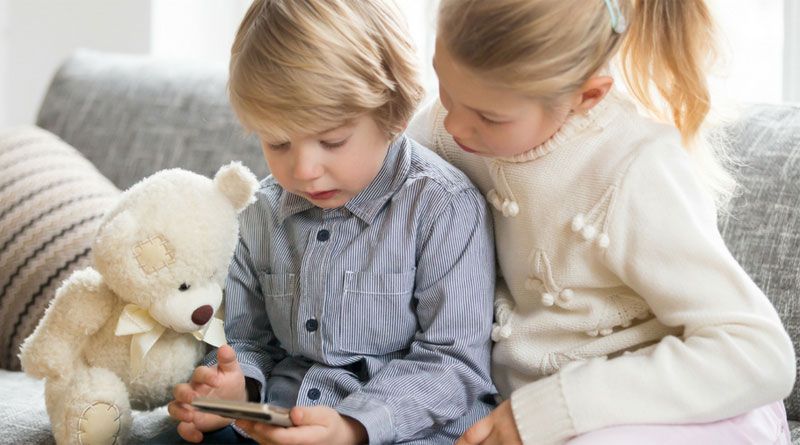Studies have shown that learning while playing is one of the most effective ways for students to retain information. For that reason, teachers have been incorporating puzzles in their lesson plans for decades. But surprisingly, most curriculums don’t build puzzles into the lessons. That’s something teachers have to do on their own to supplement their instruction. Homeschool teachers are no different, but it can be hard to decide which puzzles are most effective. According to the professionals at Solve It!, here are the best puzzles to use in homeschool lesson plans.
Crossword Puzzles
Crossword puzzles are excellent for lessons because they can be created for any content. No matter what your child is studying at the time, you can create a crossword puzzle that uses clues related to that topic. For example, if your child is studying the life cycle of a plant, create clues that describe the different stages of the life cycle so that your child has to fill in the puzzle with the corresponding stages.
Most teachers use crossword puzzles at the beginning of lessons to help reinforce the vocabulary the students need to know before they can master the rest of the lesson or unit. Just memorizing terms isn’t effective, but having to remember the term in context to complete a puzzle is an activity they will recall when they see the terms again in the future. It’s not only a reading activity, but a visual one as well, so you’re also targeting multiple learning styles.
Word Search Puzzles
While word search puzzles are very popular activities for students, they have a limited use. Since there are no clues to solve that relate a definition with a word, they aren’t good for learning vocabulary. Students are just looking for the words in a grid of letters. However, there are applications for word search puzzles, especially in spelling. Language arts and English teachers use word search puzzles to reinforce spelling words, particularly if students have a list of words they are working on during the week.
You can also use word searches to introduce unfamiliar words to your students, but you have to add an extra activity to finding the words. Not only should students locate the words in the grid, but they should also look up the definition of the word in a dictionary, use it in a sentence, and possibly even relate the word to the content they’re learning. These connections are all critical for creating the proper brain environment for later recall.
Jigsaw Puzzles
Visual puzzles that have to be pieced together, also called jigsaw puzzles, are perfect for associating an image with a concept. For example, students who are learning about the order of the planets in the solar system will better understand the concept when they see a picture of them in order. A jigsaw puzzle that requires them to put an image of the planets together is really going to reinforce the order.
Conclusion
Homeschool teachers may not have access to all the puzzles and games that a regular teacher has. But the puzzles listed here can be easily made yourself to get the same benefits for your students.

Namaste UI collaborates closely with clients to develop tailored guest posting strategies that align with their unique goals and target audiences. Their commitment to delivering high-quality, niche-specific content ensures that each guest post not only meets but exceeds the expectations of both clients and the hosting platforms. Connect with us on social media for the latest updates on guest posting trends, outreach strategies, and digital marketing tips. For any types of guest posting services, contact us on info[at]namasteui.com.

